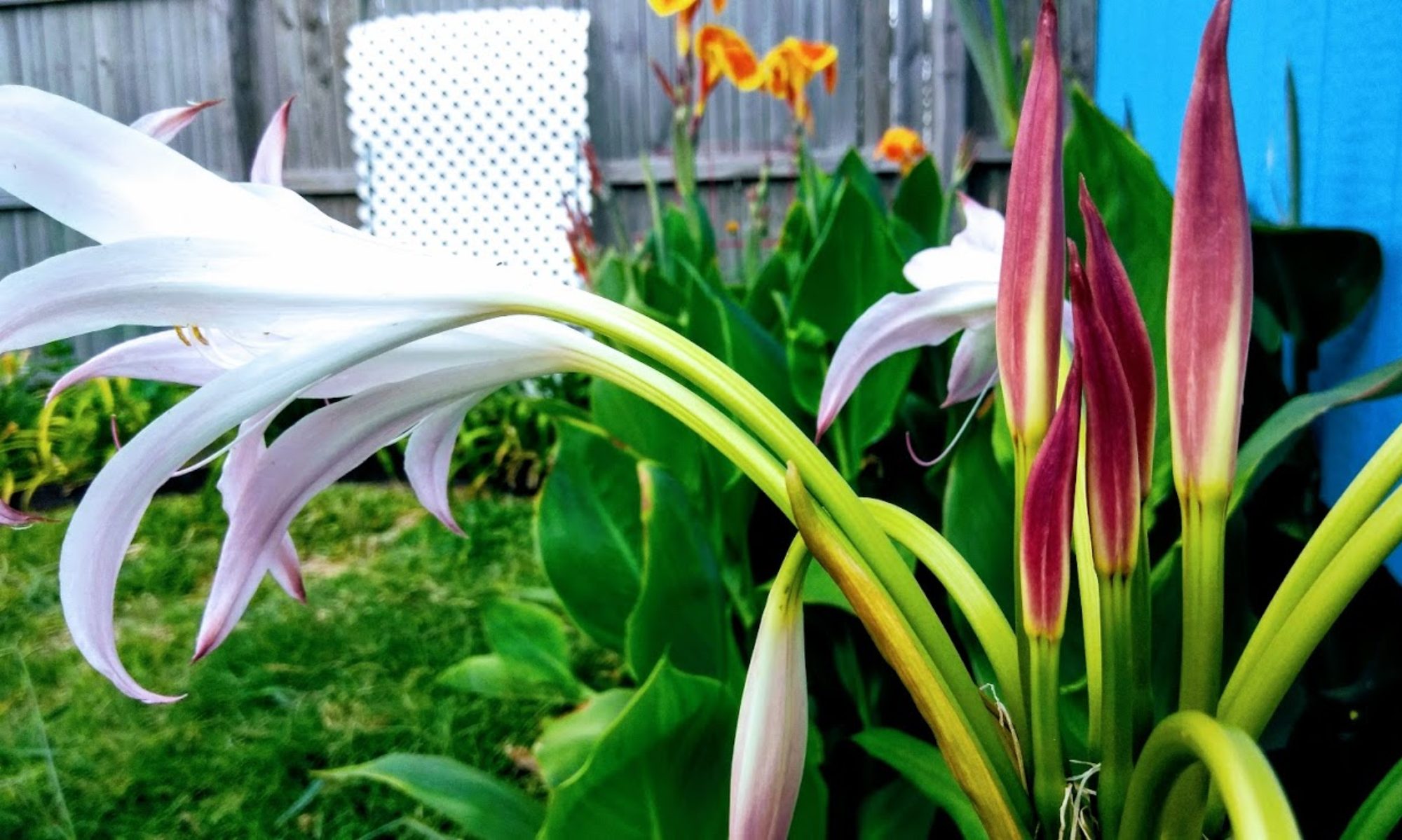
Growing peppers can sometimes be a royal pain. Peppers tend to have some very specific things that need to be done to ensure a clear path to peppery goodness.They can be very sensitive when small and highly subject to root rot if the soil is too moist or too cold. This leads at times to difficult germination. As such, here are a few quick tips for germinating peppers!
Use a Heat mat for germination
Peppers, even most of the sweet or bell peppers, need to have at least a 70° to 85° degree soil temperature to germinate. I stubbornly refused to get one for years. I do have peppers every year so it’s not a complete loss to go without a mat. However, I struggled with germination on many hot peppers simply because of their strict need for heated soil. Once a mat was obtained results in the number of plants actually germinating improved right away! Vivosun has some very good options for mats. They are also terribly simple to use so highly recommend this gem.
germinate. I stubbornly refused to get one for years. I do have peppers every year so it’s not a complete loss to go without a mat. However, I struggled with germination on many hot peppers simply because of their strict need for heated soil. Once a mat was obtained results in the number of plants actually germinating improved right away! Vivosun has some very good options for mats. They are also terribly simple to use so highly recommend this gem.
Use Peat pods or well draining soil to germinate seeds
Peppers tend to like moist but not wet soil. This is another area I was a bit stubborn about as I love a soil mix I make myself. This self made mix was perfect for older mature plants however, it was not the best for germinating peppers. Using a heavy soil can lead to no germination, or germination followed by struggling plants due to root rot. Peat pods are simple to find and often come in bags of 50 – 200 or more. I prefer the Jiffy brand!
Keep seeds in an area that allows for humidity while germinating
Peppers need humidity for germination far more than many other seeds grown in one’s garden. As such, make sure and utilize a seed starting dome planter or a greenhouse to control humidity.
Move quickly into a larger pot once germinated and place them in good lighting

Once the seeds have germinated move them off the heat mat, and place them in a larger pot. One where they can spend at least the next 60 days. During this mid life, (where they are not in the ground but still inside) continue to use high draining soil.








 Time to harvest is litterally the time it takes a plant to actually produce fruit! The grwoth time before your eating your produce! The “Time to Harvest” is most often found on the front or back of a seed packet and can range anywhere from 25 days up to a much as 100 days.
Time to harvest is litterally the time it takes a plant to actually produce fruit! The grwoth time before your eating your produce! The “Time to Harvest” is most often found on the front or back of a seed packet and can range anywhere from 25 days up to a much as 100 days.
You must be logged in to post a comment.